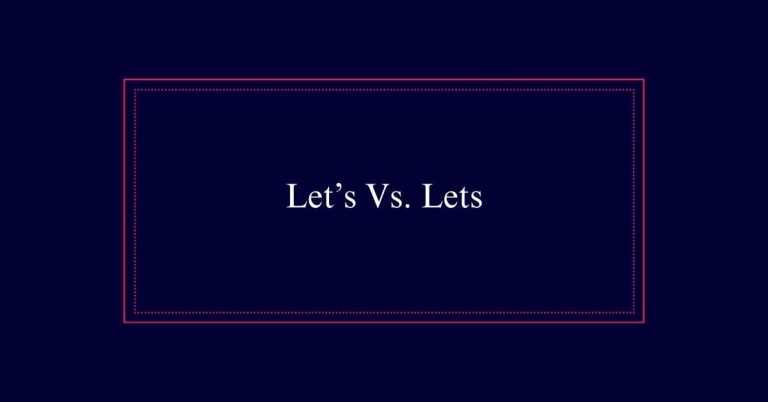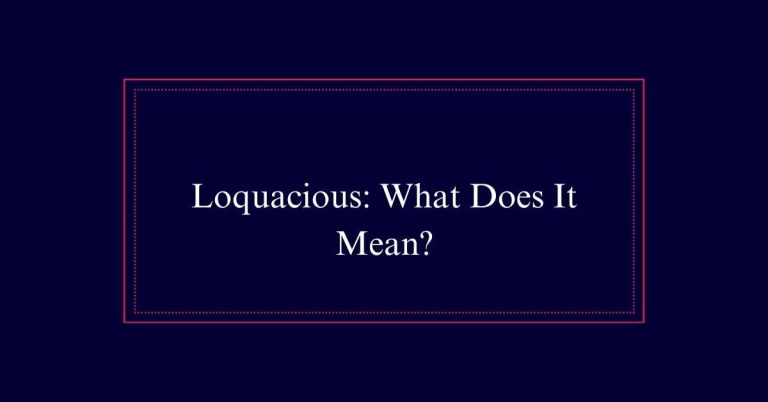Therefore Vs. Therefor
‘Therefore’ and ‘therefor’ have distinct meanings and uses. ‘Therefore’ indicates a consequence or result and acts as a conjunctive adverb, connecting independent clauses. It is common in general writing and should be preceded by a comma. ‘Therefor,’ on the other hand, is more specialized and appears in legal documents, meaning ‘for that’ or ‘for it.’ It is not interchangeable with ‘therefore’ and is used for specific legal purposes.
Definition of ‘Therefore’
The term ‘thus’ signifies a consequence resulting from a preceding action or statement. It serves to connect ideas logically by indicating cause and effect.
As a conjunctive adverb, ‘thus’ links two independent clauses in a sentence. This usage shows the result of an action or a conclusion drawn from prior information. For example, ‘She studied hard; as a result, she passed the exam.’ Here, ‘thus’ clearly shows the outcome of her hard work.
It is important to use ‘thus’ correctly to guarantee clarity in communication. It is often preceded by a comma, especially when it separates two independent clauses.
Synonyms of ‘Therefore’
Several synonyms for ‘therefore’ can enhance clarity and variety in writing. Using different terms helps to avoid repetition and keeps the text engaging.
Here are a few alternatives:
- Hence: Implies a logical conclusion from the preceding statement.
- Thus: Indicates a result or consequence.
- Consequently: Shows the outcome of an action or situation.
- Accordingly: Reflects an appropriate result based on prior information.
- As a result: Directly points to the effect of a previous cause.
These synonyms can be used interchangeably with ‘therefore’ depending on the context. They help in maintaining the flow and coherence of the text while providing a nuanced understanding of the cause-and-effect relationship.

Usage of ‘Therefore’
Using ‘essential’ correctly in sentences is important for clear and logical writing. It acts as a conjunctive adverb to show cause and effect, making your arguments more persuasive. When using ‘essential’, it is important to follow punctuation rules and place it appropriately within sentences. Below is a table illustrating the usage of ‘essential’ in different sentence structures:
| Structure | Example Sentence | Explanation |
|---|---|---|
| Beginning of a sentence | Essential, we need to explore other options. | Shows the conclusion drawn from previous information. |
| Between two clauses | It was raining; essential, the event was canceled. | Connects two independent clauses logically. |
| Interrupting a sentence | The project, essential, was delayed by a week. | Adds emphasis within the sentence. |
| Formal writing | Essential, the committee has decided to postpone the meeting. | Common in formal or academic writing. |
Definition of ‘Therefor’
Shifting focus from ‘therefor,’ it is important to grasp the definition of ‘therefor.’ The term ‘therefor’ means ‘for it’ or ‘for that.’ It is less commonly used than ‘therefore,’ but it holds specific significance in certain contexts, particularly formal or legal writing.
Here are some key points to ponder:
- ‘Therefor’ typically appears in legal documents.
- It is akin to words such as therein, thereafter, and thereof.
- Indicates something done for a specific purpose or reason.
- Not interchangeable with ‘therefore.’
- Usage is precise and context-specific.
Legal Context of ‘Therefor’
In legal contexts, the term ‘therefor’ is often employed to indicate specific purposes or reasons for actions taken. This term is used to explain why something is done or provided.
For example, in a contract, ‘therefor’ may clarify that a payment is made ‘for the services rendered.’ It is precise and helps avoid ambiguity. Legal documents require clarity and specificity, making ‘therefor’ a useful term. It guarantees that every action or provision in the document has a defined reason.
Comparing ‘Therefore’ and ‘Therefor’
A clear understanding of the differences between ‘therefore’ and ‘therefor’ is essential for effective communication.
‘Therefore’ indicates a consequence or result, typically used to show cause and effect in sentences.
In contrast, ‘therefor’ means ‘for it’ or ‘for that’ and is often found in legal or formal documents.
Key distinctions include:
- Usage: ‘Therefore’ is common in everyday language; ‘therefor’ is rare.
- Meaning: ‘Therefore’ shows causation; ‘therefor’ refers to something done for a reason.
- Context: ‘Therefore’ fits general writing; ‘therefor’ suits legal texts.
- Function: ‘Therefore’ is a conjunctive adverb; ‘therefor’ is not.
- Synonyms: ‘Therefore’ has equivalents like hence and thereby; ‘therefor’ does not.
Punctuation With ‘Therefore’
Understanding the differences between ‘therefor’ and ‘therefor’ also requires knowing how to punctuate ‘therefor’ correctly in sentences.
‘Therefor’ is a conjunctive adverb that connects two independent clauses. When used in this way, it should be preceded by a semicolon and followed by a comma, as in: ‘The project was delayed; as a result, we missed the deadline.’
‘Therefor’ can also interrupt a sentence, requiring commas for clarity, such as: ‘The team, in consequence, decided to revise their strategy.’
Examples of ‘Therefore’
Examples of ‘consequently’ in a sentence illustrate how it connects ideas to show cause and effect. This conjunctive adverb is essential in writing to demonstrate logical conclusions or results.
Here are several examples to clarify its use:
- ‘She studied hard for the exam; consequently, she passed with flying colors.’
- ‘The weather forecast predicts heavy rain; consequently, the event was postponed.’
- ‘He did not meet the deadline; consequently, he faced penalties.’
- ‘The company reduced its expenses; consequently, its profits increased.’
- ‘The evidence was overwhelming; consequently, the jury reached a verdict quickly.’
Common Mistakes
While examples of ‘therefore’ illustrate its proper usage, it’s equally important to address common mistakes that arise when using ‘therefore’ and ‘therefor’.
One frequent error is confusing the two words due to their similar spelling. ‘Therefore’ is often misused in legal or formal writing where ‘therefor’ is appropriate.
Another common mistake is incorrect punctuation. ‘Therefore’ should be preceded by a comma when connecting two independent clauses, but this rule is often overlooked.
Additionally, some writers mistakenly use ‘therefore’ without a logical connection to the preceding statement, resulting in unclear reasoning.
Tips for Correct Usage
To guarantee proper usage of ‘therefore’ and ‘therefor,’ it is essential to grasp their distinct meanings and appropriate contexts.
‘Therefore’ shows cause and effect, while ‘therefor’ means ‘for it’ or ‘for that.’
Here are some tips to confirm correct usage:
- Understand Context: Use ‘therefore’ to indicate a logical consequence.
- Legal Writing: Reserve ‘therefor’ for formal or legal documents.
- Punctuation: Place a comma before ‘therefore’ when connecting independent clauses.
- Synonyms: Consider synonyms like ‘hence’ or ‘thus’ for ‘therefore’ when appropriate.
- Proofreading: Always review your writing to make sure the correct term is used.






